When speaking or writing, there are certain hand gestures that accompany specific sounds or messages. These signs relate to what you say and how you say it!
Some of these body language signals come from culture surrounding the way people speak. For example, when someone says “hello” they use their hands to greet each other.
Other gestures have more direct meanings depending on the context of the conversation.
For instance, holding your index finger up next to your nose means that you want to be let in on a secret. Pointing with one finger is an indication that you want something. Putting your hands down is a sign of giving up or quitting.
With enough research, you will know all the different verbal and nonverbal clues for communicating effectively.
Thumbs up
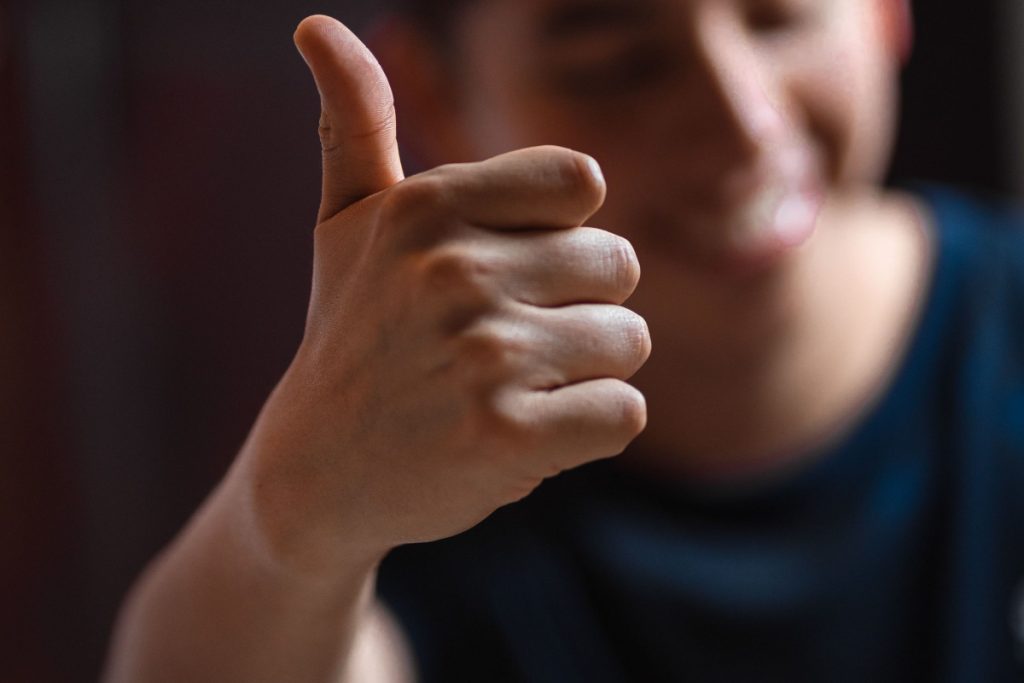
When your hand is has the thumb pointing upwards and the and the fingers tucked inside, that’s called a thumbs-up shape. It means you like something very much!
In English, this hand signal usually means one of two things. Either “good” or “nice.” Or perhaps even both at once! If someone makes this sign towards you, try to determine if they are complimenting you or not. A good way to do this is to check if they make the sign while their face is showing signs of happiness, sadness, surprise, or any combination thereof.
When you use your thumbs as your hand gesture, it typically means that you like or agree with something slightly less than totally. Yours could be because of what someone said, how they said it, or if there is anything related to you that made you feel bad.
Thumbs up mean completely solid agreement. If someone says something good, you can easily give them a thumbs up. You can also do this for things that make you happy or for yourself!
For example, in social media we use the thumbs up or in Japanese “ii ne” after reading an article you will probably say some positive things about it. Before writing your own comments, take a moment to think whether there are any tips in the article that seem really helpful.
If so, then add a comment saying why it is worth checking out the article. If you are writing an article make sure to include the link in your article that you liked so people can find it too!
Now everyone who visits the site will see that you gave the article a compliment. Given that not every person was able to read the article, hopefully those who did will know that it was worthwhile.
Warning this YouTube video does use one bad word a couple of times to explain the gesture. Something that shouldn’t be used unless absolutely necessary. So this video is not suitable for children.
Thumbs down
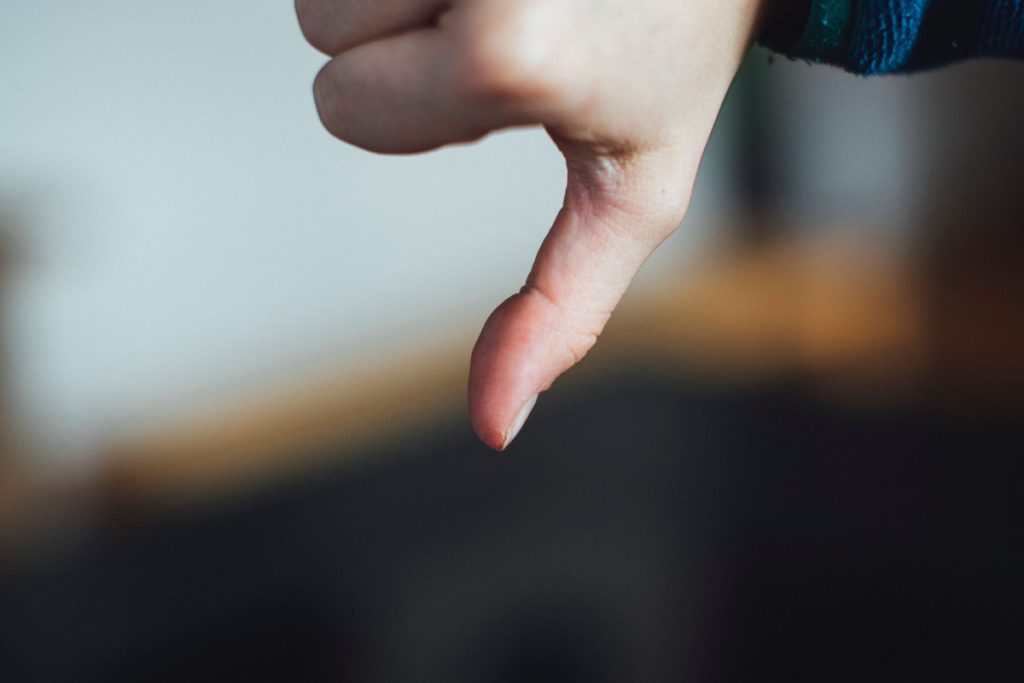
Thumbs down means that you don’t agree with something or something is bad or terrible in English. In Japanese culture it means go to hell, or it is like using the middle finger as a gesture. Thumbs down is also used when we are talking about food or someones cooking, how well we liked a movie.
Circle around your finger
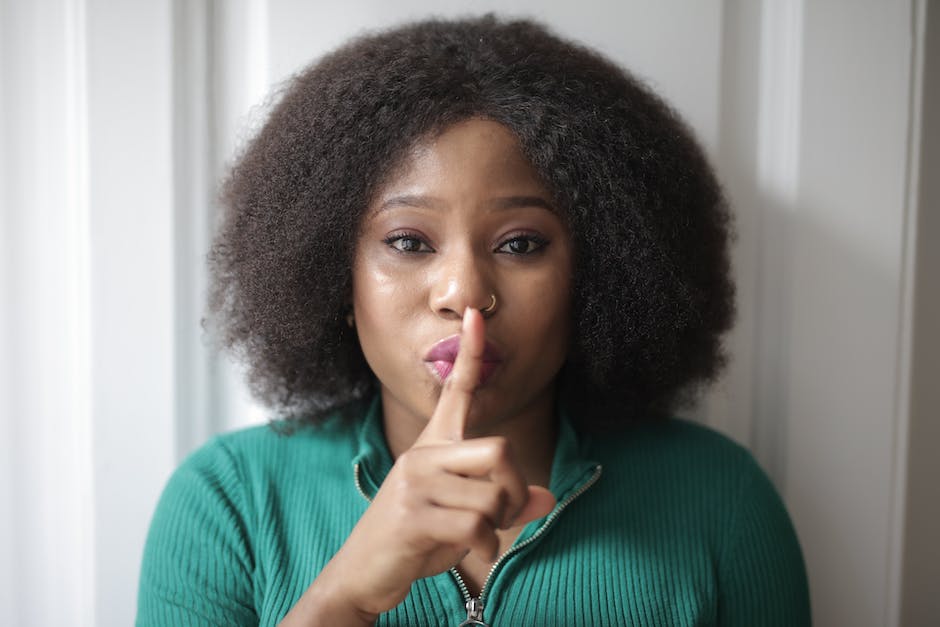
Putting your forefinger up to your mouth means to be quiet. We also use the sound Shhh! So, you might find this at the library, a classroom where people are taking a test. This is pretty universal. Even in Japanese people use this gesture and make the sound Shi.
Moving both hands together
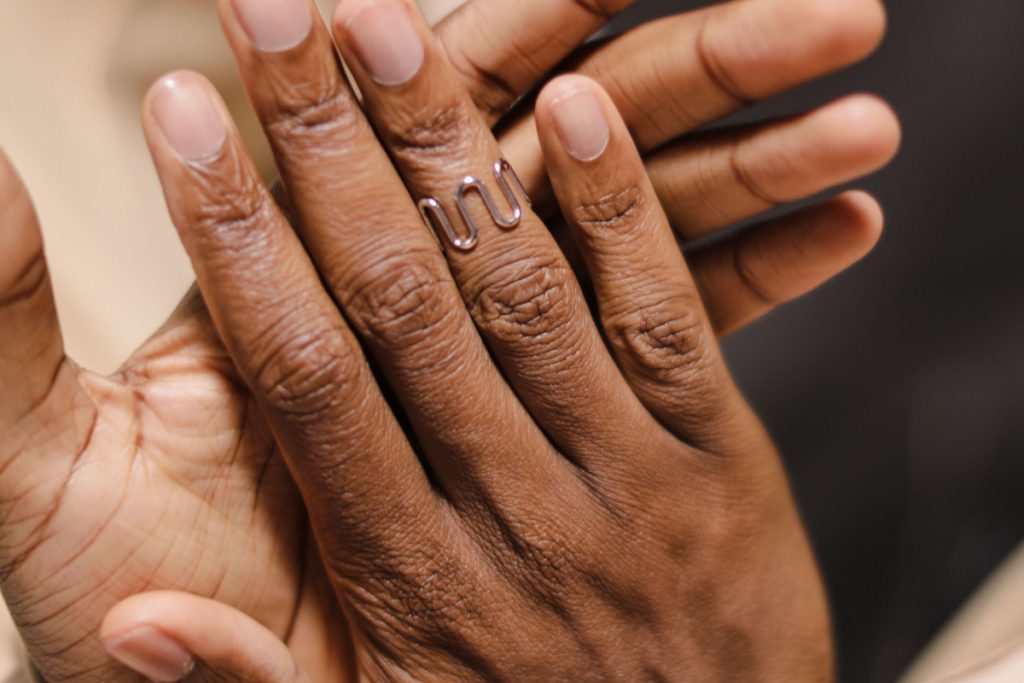
Another recognizable gesture is to put both of your hands together palms up and make a clapping sound. This is called “clapping” or making a “rhythmical pattern of sounds.” Some people use this as their own personal rhythm tool by clapping at a steady pace while singing or chanting something. Or honoring someone who has just preformed something very well whether that be acting or singing.
Clapping to get someone’s attention doesn’t work well because that it is usually very loud and deliberate. Some people will either say “excuse me” or point toward the person if they’re far enough away to get someones attention.
Make a fist
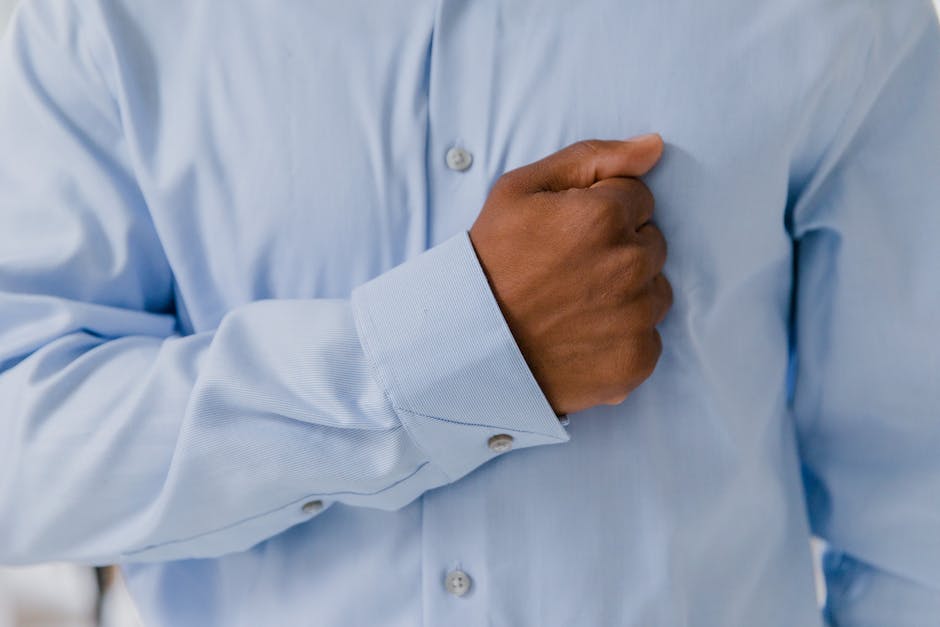
When you make a strong hand or fist, it is called a “make a fist” gesture. This can be done for any reason, but most often it is to show strength or emphasis of a statement.
For example, if someone said “I will never drink alcohol again!” then they would make a strong fist and put it over their heart. Kind of like promising not to do it again. You can also do this when something sounds good like “This pasta recipe is gonna knock your socks off!” or after saying goodbye such as when you say goodbye for life. (Example: I love you forever!)
Making a strong fist usually takes around one second so there is no need to add any flavor to the sentence.
Reminder: When making a strong hand or fist, always keep your hands up and away from your side because that could mean threat of violence.
Point at something

One thing I noticed when I first came to Japan is that Japanese people will use their middle finger to point to something like a word on a piece of paper or in a book, a newspaper, or a magazine. This is very common. But, for westerners like me, it startled me at first. I thought they were flipping me off by pointing with their middle finger. But, this is a common gesture for Japanese to do while pointing at something like the above.
When someone wants your attention and is looking for the room full of people to quiet down, they will use a hand gesture or combination of gestures to get it. A common way to do this is by making a pointed or index finger into the mouth as if to say ‘shh!’ (or maybe even slightly licking their lips). This is called a lip-sync action because you match the shape and position of the body with the same thing going on with your own body.
When used in conversation, a direct analogy can be made between the two bodies. For example, when your friend puts her hands up and says she doesn’t know what to do next, you could imitate that same gesture and tell her the same thing: “Point me in the right direction!”
This works particularly well for things like recipes where one person may have done part of the recipe before and need some help finishing it.
Shrug your shoulders

A common gesture is to shrug your shoulders. This can be done either as an expression of indifference or to emphasize something. To do this, clench your fists and slightly raise ones shoulders and then relax them slowly while keeping your hands at your waist.
The first example uses it to indicate that something does not matter to you. For instance, if someone says they are going to the store after work, you could say “ok” and put away your things. You did not care about their plan so you chose not to invest energy in it.
This can also be used to show uncertainty. If someone tells you what they wanted for lunch, there is no need to ask questions because you already know the answer.
You can use this with statements like “I have given up asking why people feel the need to hurt others. It is just how they are built.” or “Why don’t more people help each other instead of taking advantage of each other all the time.
Be explicit
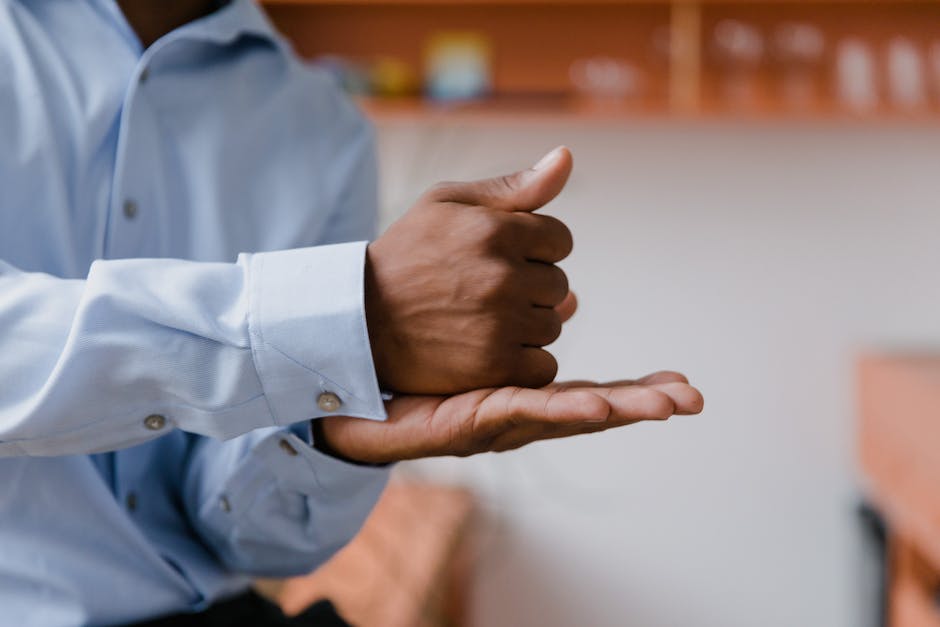
Like speaking or writing, be clear with your gestures. If you are using your hands to emphasize an idea, be precise about what hand shape you use and when.
Words are not the only way we communicate. We use gestures to mean different body language. Even though someone may be smiling at you it doesn’t always mean they are happy. They could be really upset inside either with you or something that happened to them prior to meeting up with you.
Learning gestures is just one more way we communicate in all languages. Each language uses different gestures. Make sure you understand the person’s culture and gestures to make sure you don’t offend another person by accident.
If you are interested in learning gestures of Americans you can join me in a one to one lesson. You could even share your gestures you use in your culture. When I was taking my TEFL/TESOL Course I had a chance to go to the library in Kanamachi in Tokyo and saw a book on Japanese hand gestures in English. It was quite fascinating. Join me to talk about this topic and many more at My JSE Online and book a lesson today. I have a promo code you can use to get 20% off your first lesson. On the check out page look near the bottom of the page and you will see “Do you have a promo code” and enter it. It ends February 20th. The promo code is HolidayGift20.
